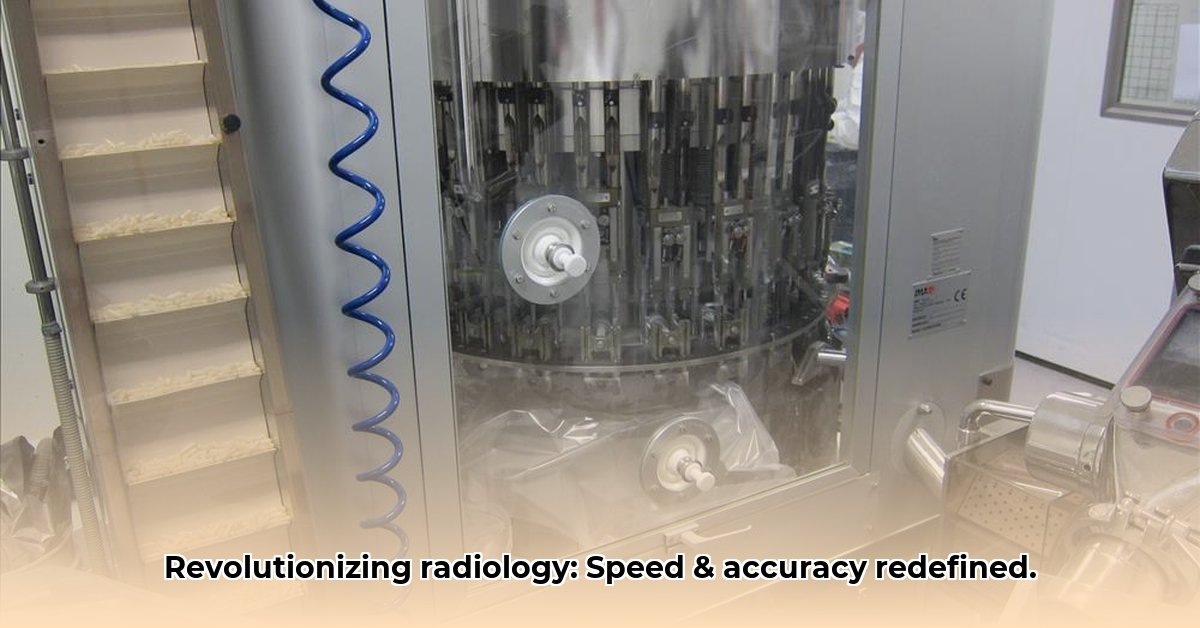
iMatic vs. Series 6LB Alpha/Beta Counters: A Comparative Analysis
Choosing the optimal alpha/beta counter for radiological analysis requires careful consideration of several factors. This comparative analysis examines two leading contenders from Mirion Technologies: the iMatic and the Series 6LB, highlighting their strengths and weaknesses to aid informed decision-making for both field and laboratory applications. This analysis focuses on key technical specifications and operational capabilities.
Key Differences: iMatic and Series 6LB
The primary distinction between the iMatic and Series 6LB lies in their design philosophy and targeted applications. The iMatic prioritizes portability and rapid analysis, making it ideal for fieldwork and on-site assessments. Conversely, the Series 6LB emphasizes high-throughput processing, making it better suited for high-volume laboratory settings.
- Pivotal Point 1: The iMatic's portability and speed are unmatched for field applications, while the Series 6LB excels in high-throughput laboratory environments.
- Pivotal Point 2: The iMatic utilizes a gas-less solid-state detector, simplifying maintenance and enhancing portability, while the Series 6LB employs a gas-flow proportional counter, offering established reliability.
- Pivotal Point 3: Both instruments integrate with Mirion's software, but their automation features are tailored to their respective application contexts.
| Feature | iMatic | Series 6LB |
|---|---|---|
| Portability | Highly portable; no gas required | Less portable; requires gas supply |
| Sample Throughput | Lower; optimized for smaller sample batches | High; designed for large sample volumes |
| Detector Type | Solid-state PIPS (a type of particle detector; a semiconductor device that detects ionizing radiation) | Gas-flow proportional counter (GFPC; a gas-filled detector used for measuring ionizing radiation) |
| Maintenance | Significantly reduced maintenance requirements | More complex maintenance procedures required |
| Radon Discrimination | Enhanced radon discrimination capabilities | Radon discrimination capabilities may be less explicit |
| Software Integration | Seamless integration with Mirion software | Integrates with Mirion's Apex-Alpha/Beta™ software |
iMatic: Field-Ready Radiological Analysis
The iMatic's portability and speed are its defining characteristics. The absence of a gas supply eliminates the need for cumbersome gas tanks, greatly enhancing its mobility for fieldwork. Its rapid analysis capabilities allow for immediate decision-making in time-sensitive situations. This makes it particularly suitable for environmental monitoring, emergency response, and other applications requiring rapid, on-site radiological analysis.
"The iMatic's portability is a game-changer for field operations," says Dr. Anya Sharma, Senior Radiological Scientist at the Environmental Protection Agency. "Its speed allows for quick assessments, providing critical information promptly."
However, the iMatic's smaller sample capacity may limit its usefulness in high-throughput laboratory environments where processing large sample batches is routine.
Series 6LB: High-Throughput Laboratory Analysis
The Series 6LB is engineered for high-volume analysis in laboratory settings. Its larger sample capacity significantly improves efficiency when processing numerous samples. The established GFPC technology offers proven reliability, and its integration with existing lab workflows and Mirion's Apex-Alpha/Beta™ software facilitates seamless data management. This makes it an excellent choice for research labs, quality control facilities, and other environments requiring the processing of extensive sample sets.
Despite its high throughput, the Series 6LB's size and dependence on a continuous gas supply limit its portability and flexibility when compared to the iMatic.
Choosing the Right System: A Practical Guide
- Assess Workload: Determine primary application location (field or lab) and average sample volume.
- Prioritize Portability: If fieldwork is paramount, the iMatic's portability is a critical advantage.
- Evaluate Maintenance: The iMatic's lower maintenance demands significantly reduce downtime and operational costs.
- Consider Software Integration: Verify compatibility with existing data management systems; both instruments integrate with Mirion software.
- Plan for Future Needs: Project future workload demands to ensure long-term suitability.
- Budgetary Analysis: Assess initial cost and ongoing operational expenses (including gas replacement for the Series 6LB).
The choice between the iMatic and Series 6LB depends critically on individual priorities and contextual needs. This comparative analysis provides the essential information for making an informed decision based on the specific requirements of your radiological analysis workflow. Continuous review of the latest advancements in radiological instrumentation is encouraged to ensure optimal choice for future needs.